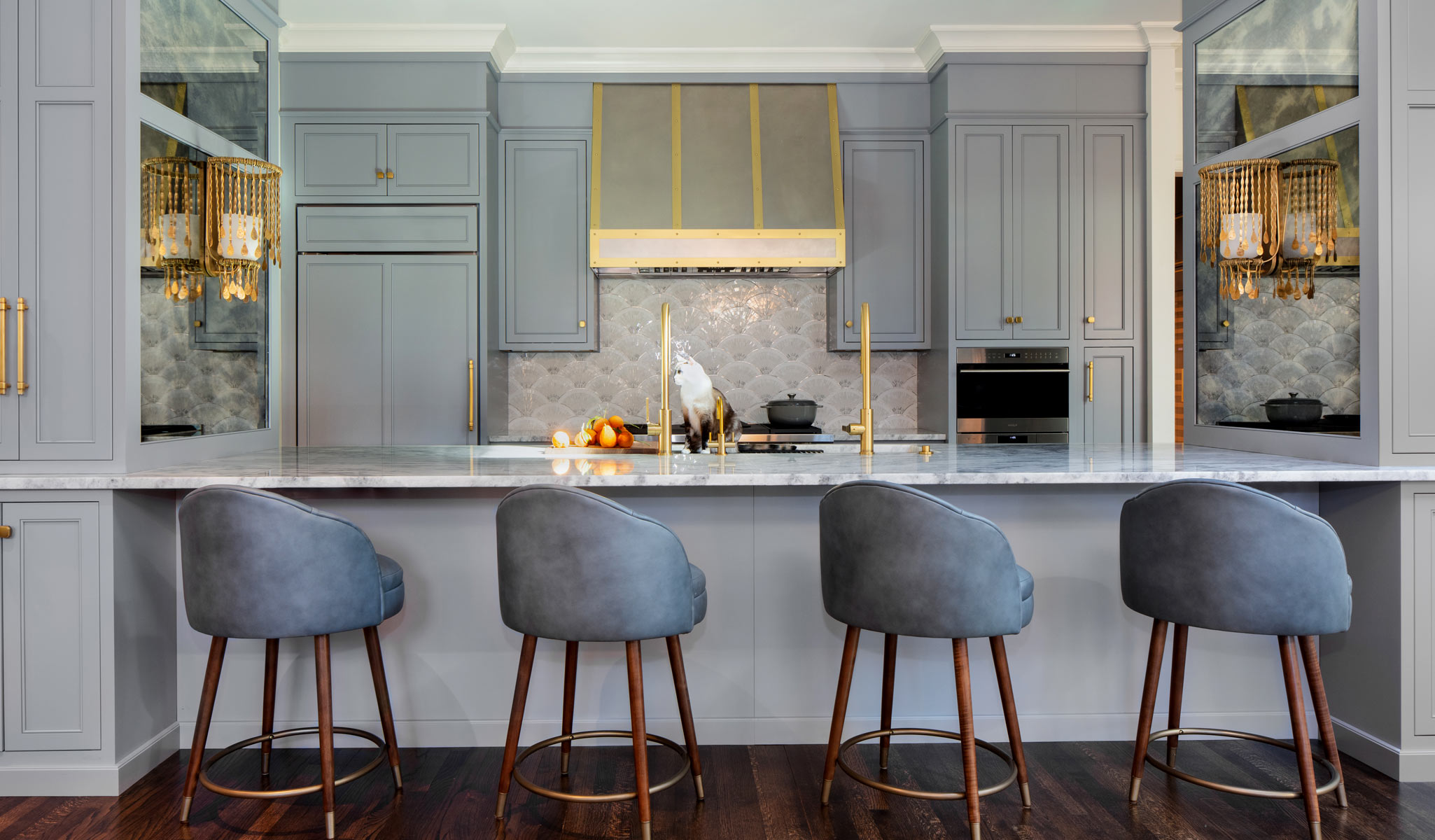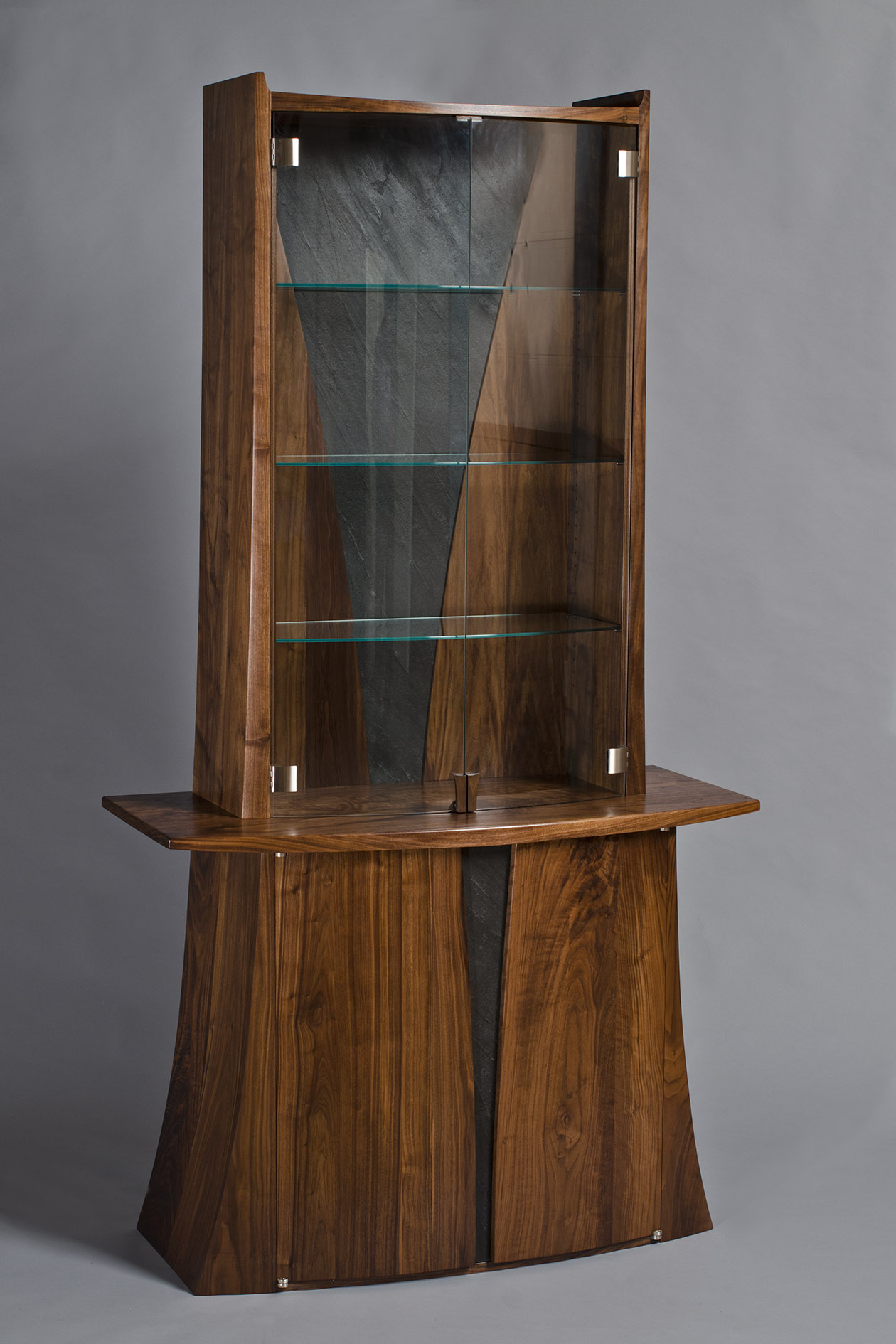All Categories
Featured
In home design, door placement typically takes a backseat to larger architectural decisions, yet it plays a crucial function in forming how a residence functions and feels. Appropriate door positioning ensures that rooms are reliable, visually pleasing, and favorable to a comfortable lifestyle. Here's a thorough consider the scientific research behind door placement and why it is worthy of more interest in the style procedure.
Doors are the gateways that link one space to another, and their placement needs to facilitate smooth activity throughout the home.
Secret Considerations:
Rational Pathways: Setting doors to line up with all-natural traffic patterns. For example, a kitchen door must give straight access to the dining location to simplify daily regimens.
Lessening Barriers: Prevent placing doors where furniture or architectural components may block their swing or create traffic jams.
Transitions: Usage doorways to note transitions between personal and public locations, such as hallways resulting in bed rooms.
The positioning of doors can significantly influence just how light and air circulate within a home, adding to its overall ambiance and energy effectiveness.
Placement Methods:
Cross-Ventilation: Area doors various other openings or opposite windows to advertise air flow, particularly in warm environments.
Sunshine Optimization: Think about the positioning of outside doors to capture morning or mid-day light, brightening insides naturally.
Glass Doors: Make Use Of doors with glass inserts to enable light to infiltrate, enhancing illumination in surrounding areas.
Tactical door placement is important for preserving personal privacy in key locations without compromising ease of access.
Ideal Practices:
Bedrooms and Bathrooms: Placement these doors away from high-traffic zones like living kitchens or rooms to create a sense of resort.
Visitor Locations: For homes with guest collections, doors need to provide both very easy accessibility and privacy for site visitors.
Key Entryway: The front door ought to supply straight accessibility to typical locations without revealing as well much of the home's inside.
Beyond performance, doors play a substantial role in the aesthetic comprehensibility of a space. Their placement and design must improve the home's visual charm.
Layout Tips:
Symmetry and Equilibrium: Line up doors symmetrically in shared spaces like hallways to produce a sense of order.
Centerpieces: Usage grand access doors or unique designs as aesthetic highlights.
Consistency: Suit door styles and coatings across the home for a natural look.
Door placement can affect a home's power efficiency by managing warm circulation and insulation.
![]()
Energy-Saving Approaches:
Insulated Doors: Usage well-insulated outside doors to lower energy loss.
Wind Security: Setting primary doors away from dominating wind instructions or use vestibules to decrease drafts.
Zoning: Use doors to section off locations of the home for targeted home heating or air conditioning.
![]()
In several cultures, the positioning of doors brings symbolic significance and can influence exactly how a home is viewed.
Instances:
Feng Shui: In this custom, the front door's positioning influences the flow of "chi" or power, with guidelines highlighting openness and equilibrium.
![]()
Directional Placement: In Vastu Shastra, an ancient Indian style approach, door positioning is thought to effect success and harmony.
Entrance Statements: Grand entrances or delicately made doors can signify warmth and friendliness.
Last Ideas
Door positioning is both a scientific research and an art. Thoughtful positioning makes sure that homes are not just practical yet likewise unified and welcoming. By considering spatial flow, natural light, personal privacy, and social elements, designers and property owners can produce areas that really feel instinctive and well balanced. When prepared appropriately, doors become greater than just entrance points; they shape the entire living experience.
- Enhancing Spatial Flow
Doors are the gateways that link one space to another, and their placement needs to facilitate smooth activity throughout the home.
Secret Considerations:
Rational Pathways: Setting doors to line up with all-natural traffic patterns. For example, a kitchen door must give straight access to the dining location to simplify daily regimens.
Lessening Barriers: Prevent placing doors where furniture or architectural components may block their swing or create traffic jams.
Transitions: Usage doorways to note transitions between personal and public locations, such as hallways resulting in bed rooms.
- Taking Full Advantage Of Natural Light and Ventilation
The positioning of doors can significantly influence just how light and air circulate within a home, adding to its overall ambiance and energy effectiveness.
Placement Methods:
Cross-Ventilation: Area doors various other openings or opposite windows to advertise air flow, particularly in warm environments.
Sunshine Optimization: Think about the positioning of outside doors to capture morning or mid-day light, brightening insides naturally.
Glass Doors: Make Use Of doors with glass inserts to enable light to infiltrate, enhancing illumination in surrounding areas.
- Stabilizing Personal Privacy and Accessibility
Tactical door placement is important for preserving personal privacy in key locations without compromising ease of access.
Ideal Practices:
Bedrooms and Bathrooms: Placement these doors away from high-traffic zones like living kitchens or rooms to create a sense of resort.
Visitor Locations: For homes with guest collections, doors need to provide both very easy accessibility and privacy for site visitors.
Key Entryway: The front door ought to supply straight accessibility to typical locations without revealing as well much of the home's inside.
- Aesthetic Assimilation
Beyond performance, doors play a substantial role in the aesthetic comprehensibility of a space. Their placement and design must improve the home's visual charm.
Layout Tips:
Symmetry and Equilibrium: Line up doors symmetrically in shared spaces like hallways to produce a sense of order.
Centerpieces: Usage grand access doors or unique designs as aesthetic highlights.
Consistency: Suit door styles and coatings across the home for a natural look.
- Power Effectiveness Considerations
Door placement can affect a home's power efficiency by managing warm circulation and insulation.

Energy-Saving Approaches:
Insulated Doors: Usage well-insulated outside doors to lower energy loss.
Wind Security: Setting primary doors away from dominating wind instructions or use vestibules to decrease drafts.
Zoning: Use doors to section off locations of the home for targeted home heating or air conditioning.

- Symbolic and social Influences
In several cultures, the positioning of doors brings symbolic significance and can influence exactly how a home is viewed.
Instances:
Feng Shui: In this custom, the front door's positioning influences the flow of "chi" or power, with guidelines highlighting openness and equilibrium.

Directional Placement: In Vastu Shastra, an ancient Indian style approach, door positioning is thought to effect success and harmony.
Entrance Statements: Grand entrances or delicately made doors can signify warmth and friendliness.
Last Ideas
Door positioning is both a scientific research and an art. Thoughtful positioning makes sure that homes are not just practical yet likewise unified and welcoming. By considering spatial flow, natural light, personal privacy, and social elements, designers and property owners can produce areas that really feel instinctive and well balanced. When prepared appropriately, doors become greater than just entrance points; they shape the entire living experience.
Latest Posts
Explore Limited-Time Auto Repair Offers in Chicago at Montclare Auto Repair
Published May 27, 25
1 min read
Explore Auto Services & More: Complete Auto Care Solutions from Montclare Auto Repair
Published May 27, 25
1 min read
Specialist Residential Roof Solutions You Can Count On
Published May 25, 25
1 min read
More
Latest Posts
Explore Limited-Time Auto Repair Offers in Chicago at Montclare Auto Repair
Published May 27, 25
1 min read
Explore Auto Services & More: Complete Auto Care Solutions from Montclare Auto Repair
Published May 27, 25
1 min read
Specialist Residential Roof Solutions You Can Count On
Published May 25, 25
1 min read